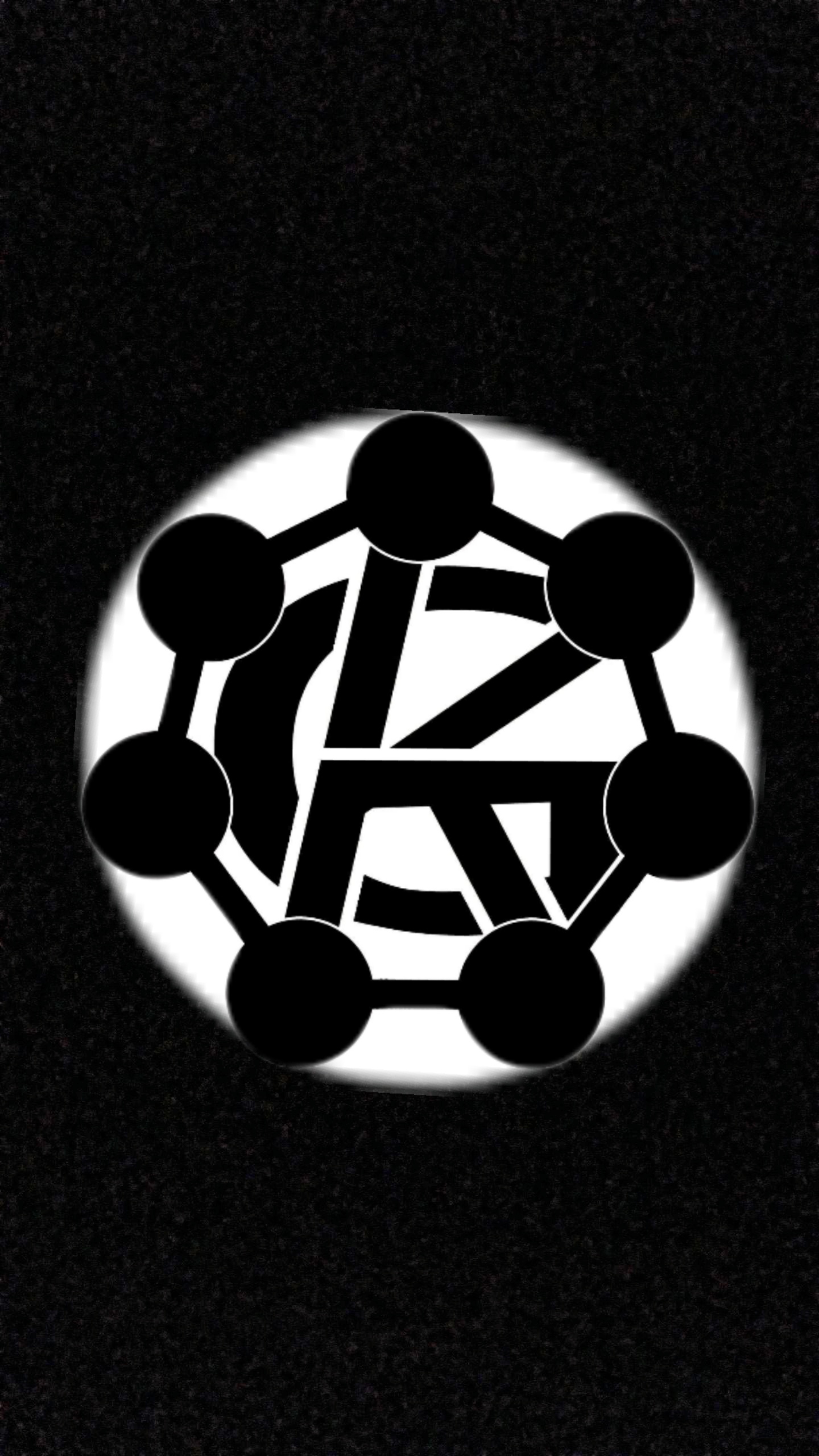"How to Build Your Own Imaginary Galaxy: A Guide to Creative World-Building and Storytelling"
- Anarkin

- Dec 5, 2018
- 2 min read
Updated: Mar 1, 2024

Inspiration and Conceptualization:
For me it all began with a spark of inspiration. Whether it's a vivid dream, a fleeting thought, or a fascination with a particular theme, your imagination serves as the fuel for crafting a new galaxy.
I drew inspiration from various sources such as existing sci-fi literature, scientific theories, futuristic concepts, things I read even current events and societal issues.
World-Building:
World-building is the foundation of creating a believable and immersive galaxy. This involves developing the setting, history, culture, technology, and inhabitants of your fictional universe. I chose the Splinter Galaxy as the place I would call home to my creation.
Consider the physical attributes of the galaxy, such as its size, shape, celestial bodies, and unique features like wormholes, nebulae, or alien landscapes.
Dive into the societal structures, civilizations, and species that populate your galaxy. What are their values, beliefs, conflicts, and interactions with each other?
Character Development:
Characters are the heart and soul of any story. As you craft your galaxy, you'll also develop a diverse cast of characters, each with their own motivations, personalities, and backstories.
Protagonists like Delphina who you’ll get to know in my second book, as well as supporting characters and antagonists, play pivotal roles in shaping the narrative and exploring different facets of the galaxy.
Plot and Storytelling:
With the galaxy and characters in place, the next trick is to weave their stories into a compelling narrative. This involves outlining the overarching plot, conflicts, and character arcs that drive the story forward.
Consider the themes you want to explore in your book, whether it's about identity, justice, redemption, or the consequences of advanced technology.
Writing Process:
The actual writing process involves translating your ideas and concepts into prose. This requires discipline, creativity, and a willingness to revise and refine your work.Outlines, tentpoles and highlights draw my attention first then I rewrite and go over - and - over until it’s as smooth as possible. It has to flow together!
Find a writing routine and environment that works best for you, whether it's early mornings at a coffee shop, late nights in your home office, or anywhere else you feel inspired.
Feedback and Revision:
Soliciting feedback from beta readers, writing groups, or professional editors can provide valuable insights and perspectives to improve your story.
Be open to constructive criticism and willing to revise and polish your manuscript to make it the best it can be.
Publication and Sharing:
Once your galaxy is fully realized on the pages of your book, you'll embark on the journey of publication. This could involve traditional publishing through literary agents and publishing houses or self-publishing through platforms like Amazon Kindle Direct Publishing like me.
Sharing your book with readers allows your galaxy to come to life in the minds of others, sparking their imagination and inviting them to explore the universe you've created.
Through the process of writing and creating the galaxy for "Galactic Kata: Bounty Hunter," I embarked on an adventure of exploration, discovery, and storytelling with the goal to transport my readers to distant worlds and ignite their imagination with the wonders of the cosmos.


Comments